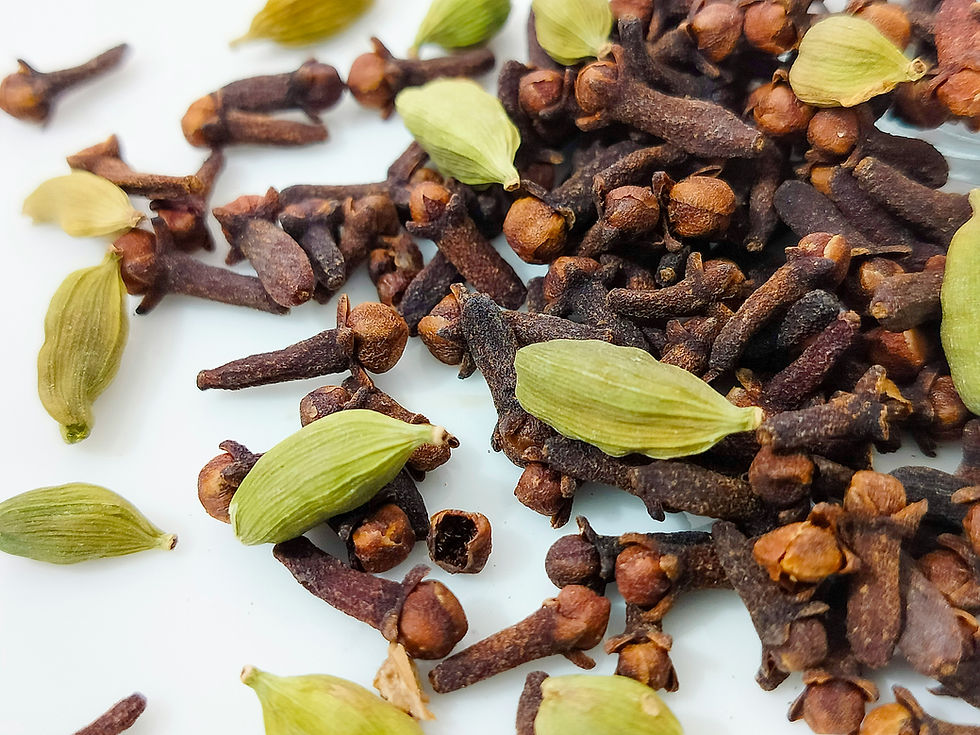Sorting and Grading: Determining Coffee Quality from Appearance to Taste
- IT DMK Cargo
- Jul 30
- 2 min read

Delicious coffee is not only about taste, but also about quality. Behind every cup of coffee brewed with pleasure, there is a long process that guarantees the quality of the coffee beans. One of the key stages in determining this quality is the sorting and grading process—two technical-sounding terms that directly impact the taste and market value of coffee.
What Is Sorting and Why Is It Important?
Sorting is the process of separating coffee beans based on size, shape, color, and damage level. This process is conducted after the beans are dried, before they enter the roasting stage. The goal is simple: to separate good beans from defective ones.
Imagine if a batch contains moldy beans, beans that are too small, or even small twigs and stones. If not separated, these elements can ruin the overall taste of the coffee when brewed, and even damage a coffee brand’s reputation.
Coffee farmers, processors, and exporters are increasingly recognizing the importance of sorting as a step to maintain quality standards. In some places, this process is still done manually—coffee beans are selected one by one by skilled hands. However, on a large scale, sorting machines with optical sensors and vibrations are used for efficiency.
Grading: A Structured Evaluation System
After the sorting process is complete, the grading or quality assessment stage begins. This is a more formal classification system and often refers to international standards such as the SCAA (Specialty Coffee Association of America) or SNI (Indonesian National Standard).
Grading evaluates coffee beans based on various aspects, including:
Bean size and uniformity: The more uniform, the better.
Number of defects: Such as holes, cracks, or black spots.
Moisture content: Ideally between 11–13% to maintain flavor and shelf life.
Cupping score: Flavor assessment by professional Q-Graders.
Coffee with a cupping score above 80 typically falls into the specialty coffee category, meaning it has higher value and is highly valued in the export market.
The Process That Determines Value and the Story Behind Coffee Beans
It’s not just about technical aspects; sorting and grading also reflect the producer’s commitment to quality. High-quality coffee doesn’t just happen. It is the result of attention to detail from the moment the coffee plant blooms, through harvesting, to drying and selecting each bean individually.
Moreover, the grading system can also serve as an educational tool for consumers. Through labels and quality information on the packaging, coffee enthusiasts can determine whether they are enjoying specialty, premium, or commercial coffee. This transparency is crucial for fostering greater appreciation for the hard work of farmers and coffee processors.
Looking to try high-quality coffee? Mandala has the answer.
Selected coffee, ready to ship, and of the highest quality.
Contact us via WhatsApp and Email below:
WhatsApp: +62 813 9669 0008





Comments